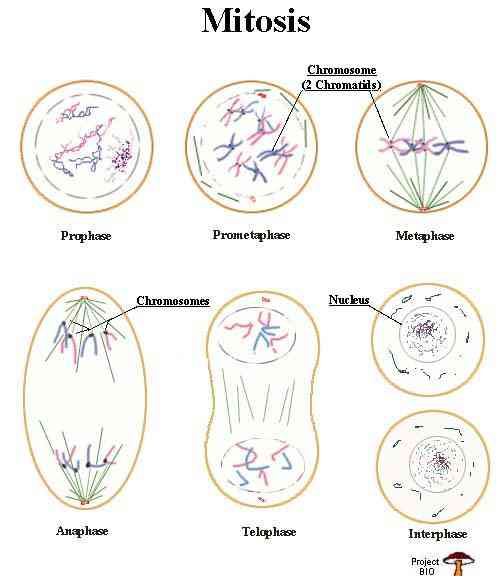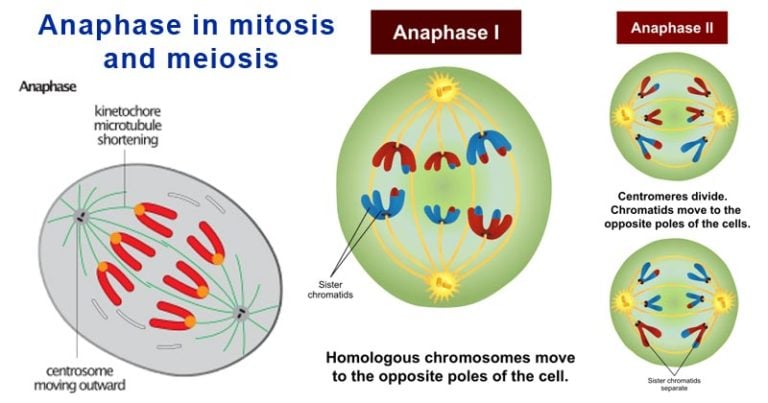


However, a whole new concept is provided by the recently discovered LINC complexes, which can mediate direct mechanical transduction of signals from the cytoskeleton to the nuclear interior bypassing the nuclear pores. Signals from the cell surface may reach the nuclear interior via import of signaling proteins through the nuclear pores (Arabi et al., 2003 Hallberg et al., 1993 Onischenko et al., 2005). The INM has been estimated to contain nearly a hundred unique transmembrane proteins, of which the large majority is still not characterized. As a result of these discoveries it has now been realized that proteins of the NE orchestrate a much larger repertoire of functions than previously realized, both in cell signaling, chromatin organization and in the mitotic machinery. Nuclear lamins and proteins of the INM have been genetically linked to a diverse group of diseases collectively termed “laminopathies”, which include muscular and lipid dystrophies, neurological disorders and progeria (premature aging). Human diseases such as cancer have been tied to proteins of the NPC. when neuronal cells divide in the developing mammalian brain as well as in muscles for specific positioning of nuclei at neuromuscular junctions. The LINC complexes also play important roles in migration of nuclei taking place, e.g. These direct links across the NE that connect the cytoskeleton with the nuclear interior are believed to mediate mechanical signals from the cell surface to the nuclear interior. In addition, a whole new concept in cell signaling bypassing the nuclear pores is provided by the recently discovered LINC complexes (Fig.1), which are built up by specific proteins in the inner and outer nuclear membranes. The NPCs are responsible for import and export of proteins and RNA molecules in and out of the nucleus.

The nuclear envelope (NE) that surrounds the genetic material in eukaryotic cells (Fig.1) consists of two concentric membranes, the inner nuclear membrane (INM) and outer nuclear membranes (ONM), the nuclear lamina, the nuclear pores and nuclear pore complexes (NPCs).


 0 kommentar(er)
0 kommentar(er)
